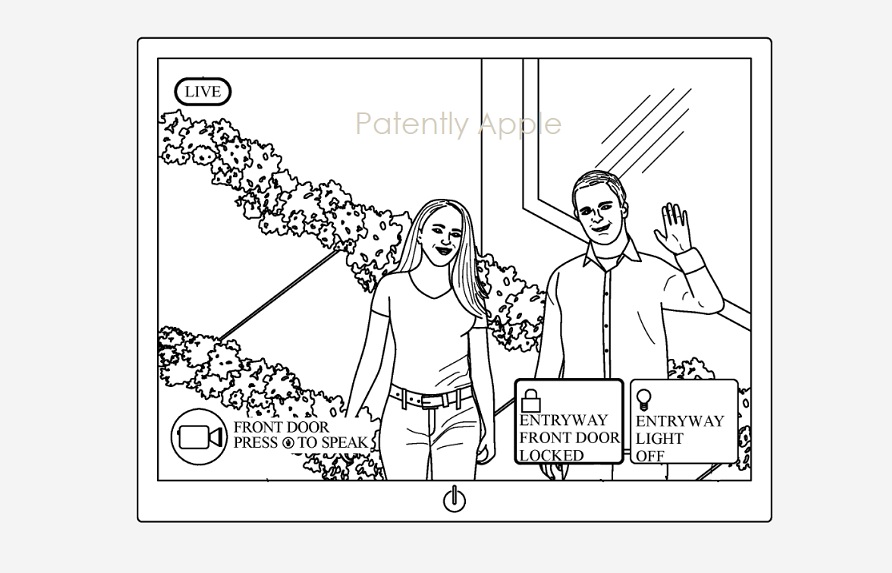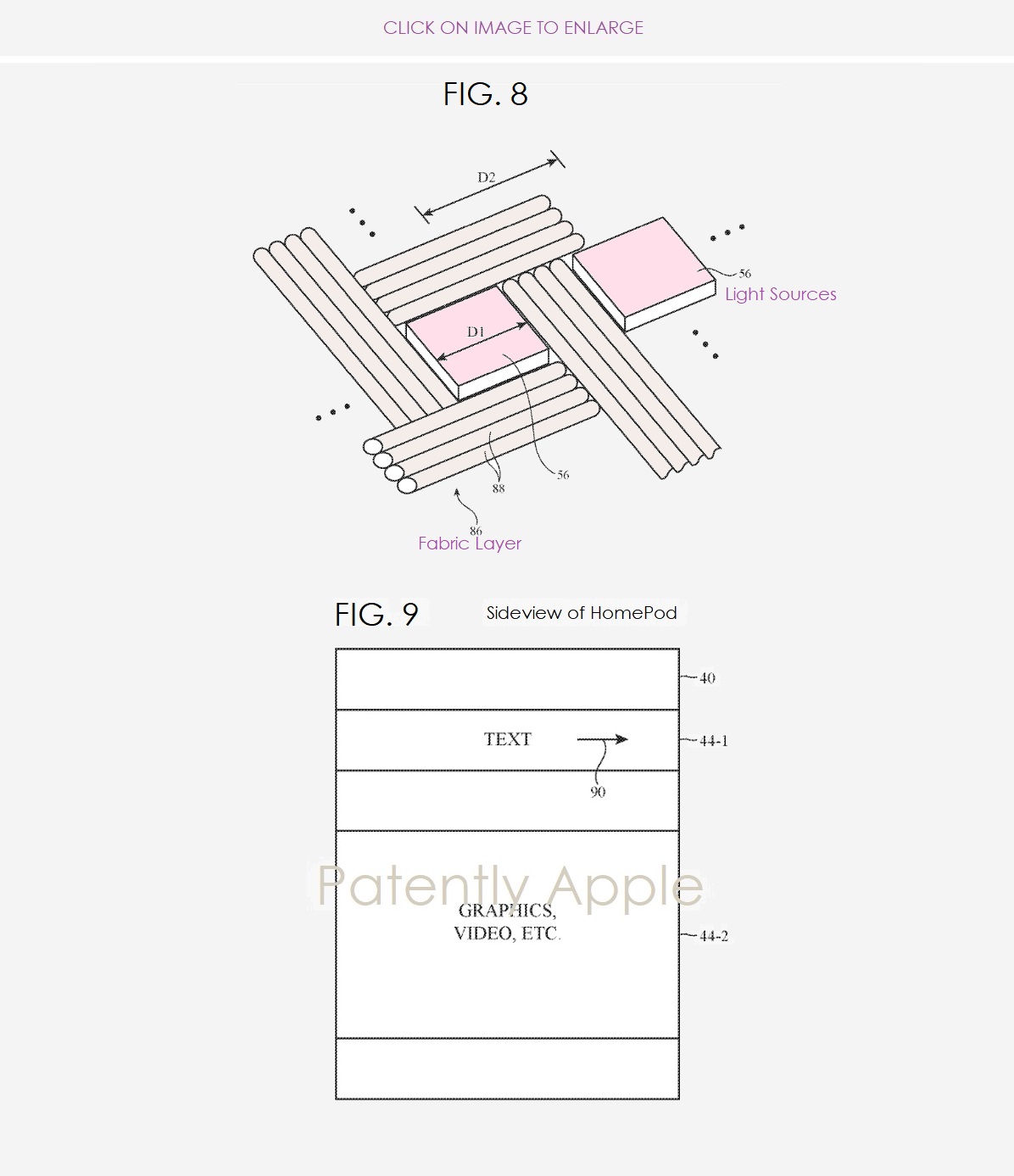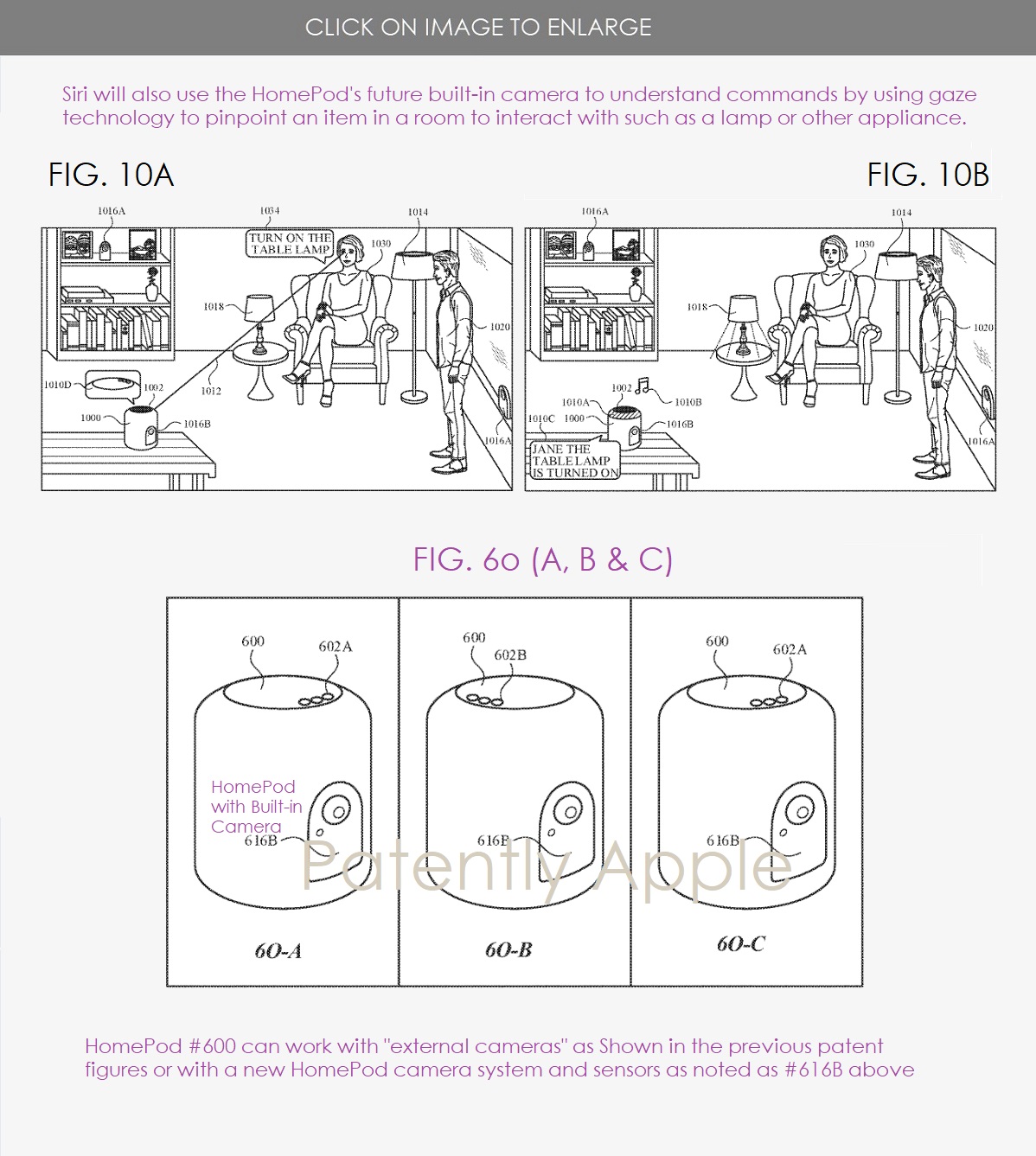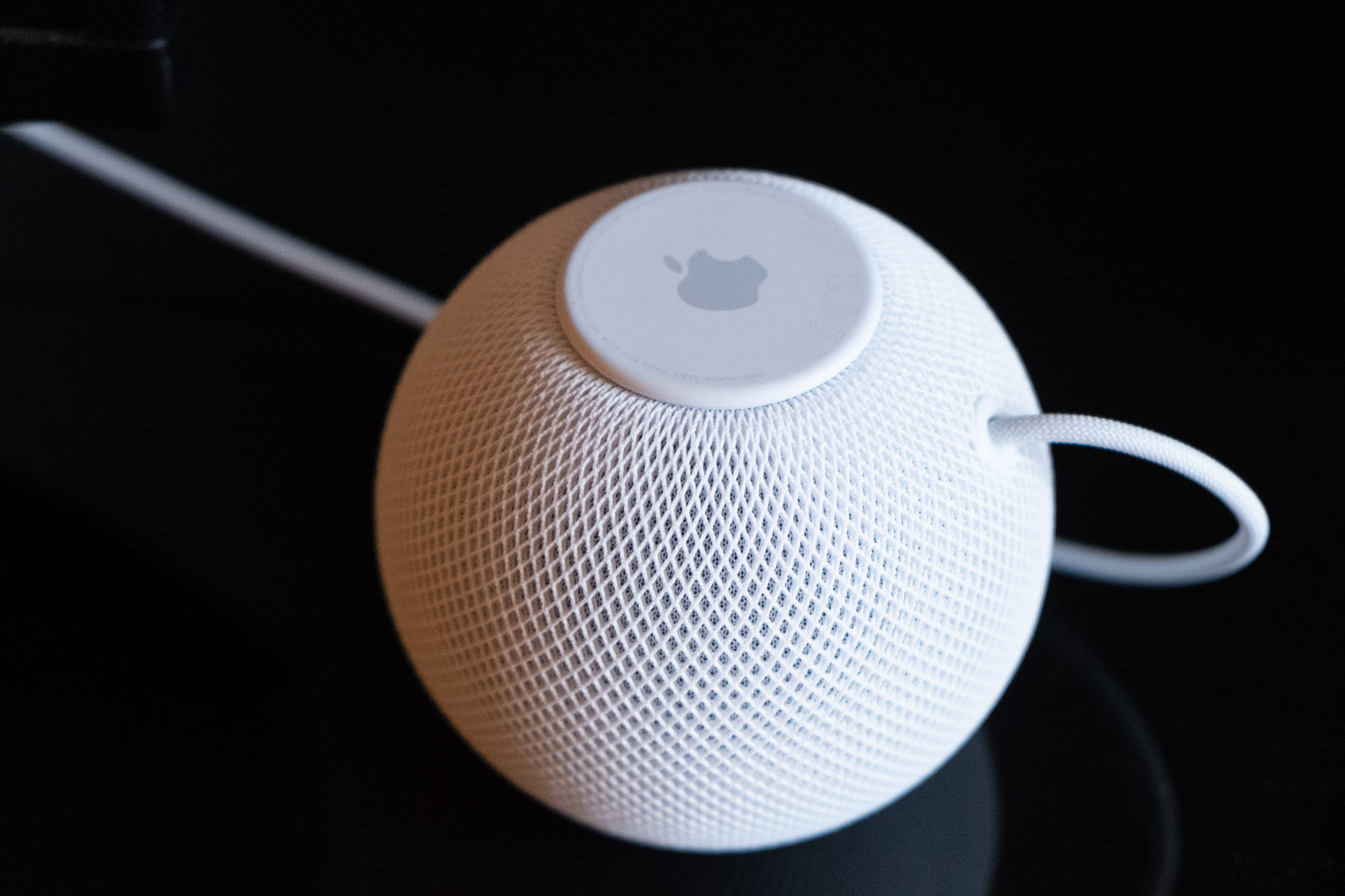It was 2017 and Apple held WWDC on June 5th. Apart from its software innovations, it also presented new MacBooks, iMac Pro and the first product in the segment of smart speakers – HomePod. Since then, WWDC has been purely software, but that doesn't mean the company can't surprise this year. The expansion of the HomePod portfolio would really like it.
Apple no longer sells the original HomePod. In his portfolio you will only find a model with the epithet mini. So not here, because the company does not officially sell smart speakers in the Czech Republic. This is most likely due to the unavailability of Czech Siri, to which Apple's HomePods are closely tied. But if you want, you can also buy them from us in gray distribution (eg here).
Even before last year's WWDC, there was speculation about what it meant for homeOS, which Apple mentioned when looking for new employees on the published application. Regarding the label, it could be HomePod's own operating system, but it could also be a system covering anything related to the smart home. And if we didn't see him last year, that doesn't mean he can't come this year. After all, many of the company's patents point to the fact that it would like to make its own smart device even smarter.
It could be interest you
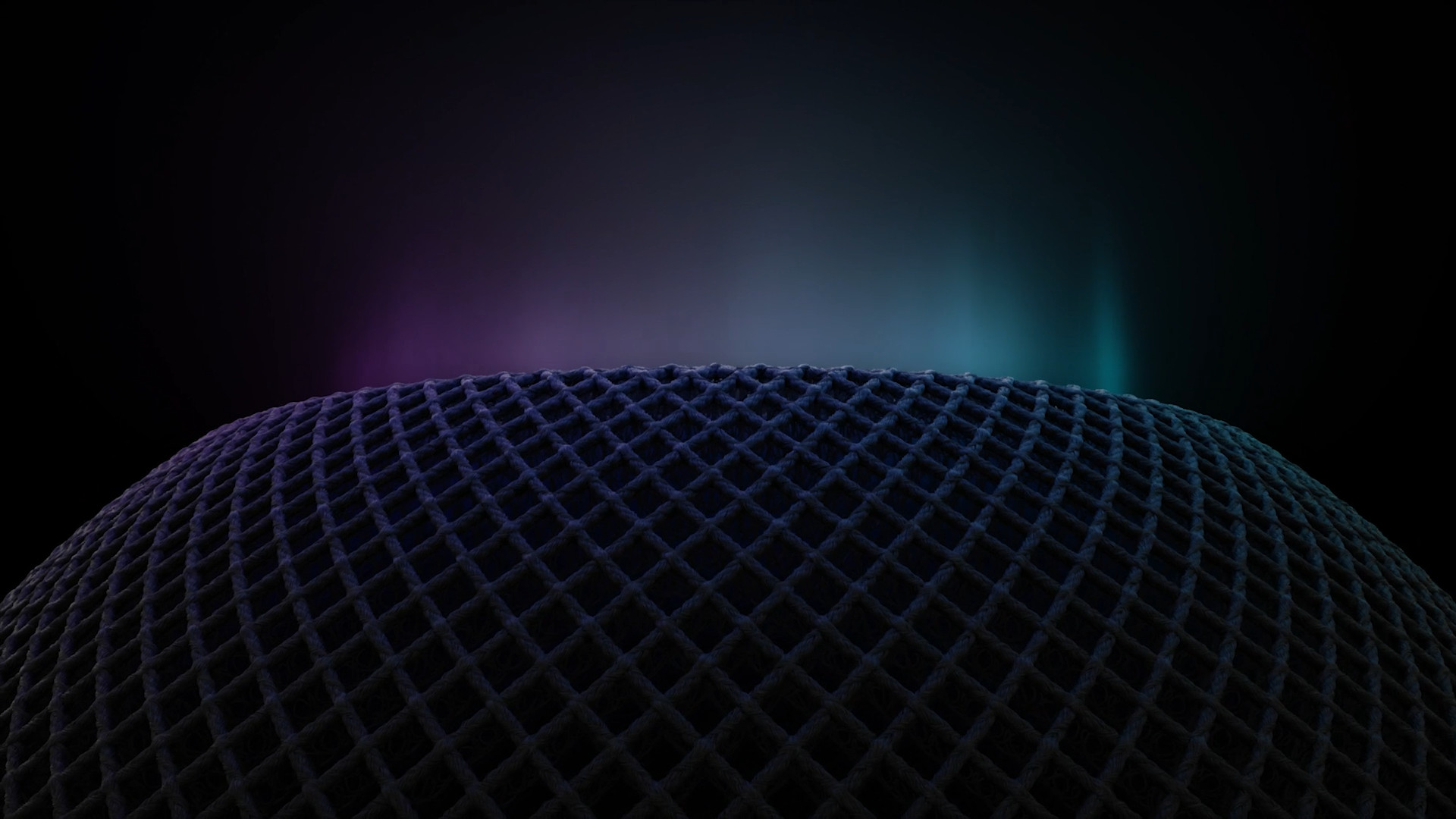
Patents indicate a lot, but it depends on the implementation
In connection with smart cameras, the user could be alerted when someone they know is standing at their door. It does not have to be just a member of the household. If an acquaintance comes over for afternoon coffee, Homepod could receive a notification from the camera and let you know who it is. If he was silent, you'd know right away that there was a stranger there. HomePod mini could certainly handle this in the form of an update.
HomePods have a touch pad on their top that you can use to control them if you don't want to talk into the speaker. You can actually only use it to determine the volume, play and pause music, or manually activate Siri. If Apple was preparing a new generation, it also has a patent that describes how the HomePod would be controlled by gestures.
The speaker would thus contain sensors (LiDAR?) tracking the movement of the user's hands. What kind of gesture would you make towards the HomePod, it would react and trigger the appropriate action accordingly. We already know that LEDs are integrated in many wireless speakers. If Apple also implemented them under the HomePod's mesh, it could use them to inform you about the "understanding" of your gesture.
Sensors would be the first level, as the use of a camera system is also offered here. They would no longer follow your gestures as much as their eyes and the direction they are looking. Thanks to this, the HomePod would know whether it is you or another member of the household who is talking to it. This would refine the voice analysis because there would be a visual attached to it, and of course it would refine the result that the HomePod would return to you or anyone else in the room. HomePod would also provide its content to each user.
It could be interest you
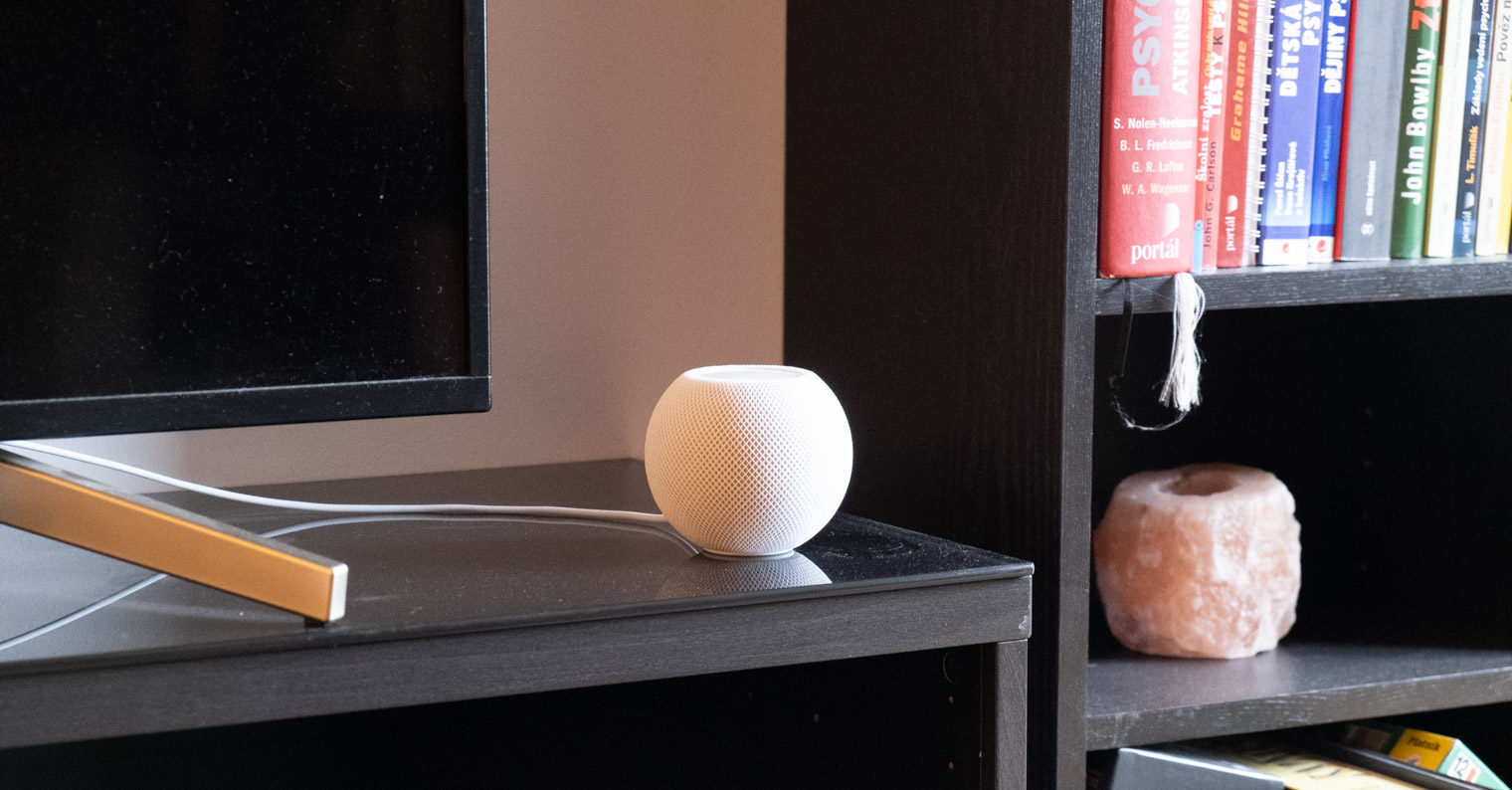
We will find out the resolution relatively soon. If there are no HomePods at WWDC, we will be able to expect them only in the fall of this year. Let's just hope that Apple has something more in store for us in connection with them, and that its attempt to take its place in the smart speaker segment didn't start with the HomePod and end with the HomePod mini.

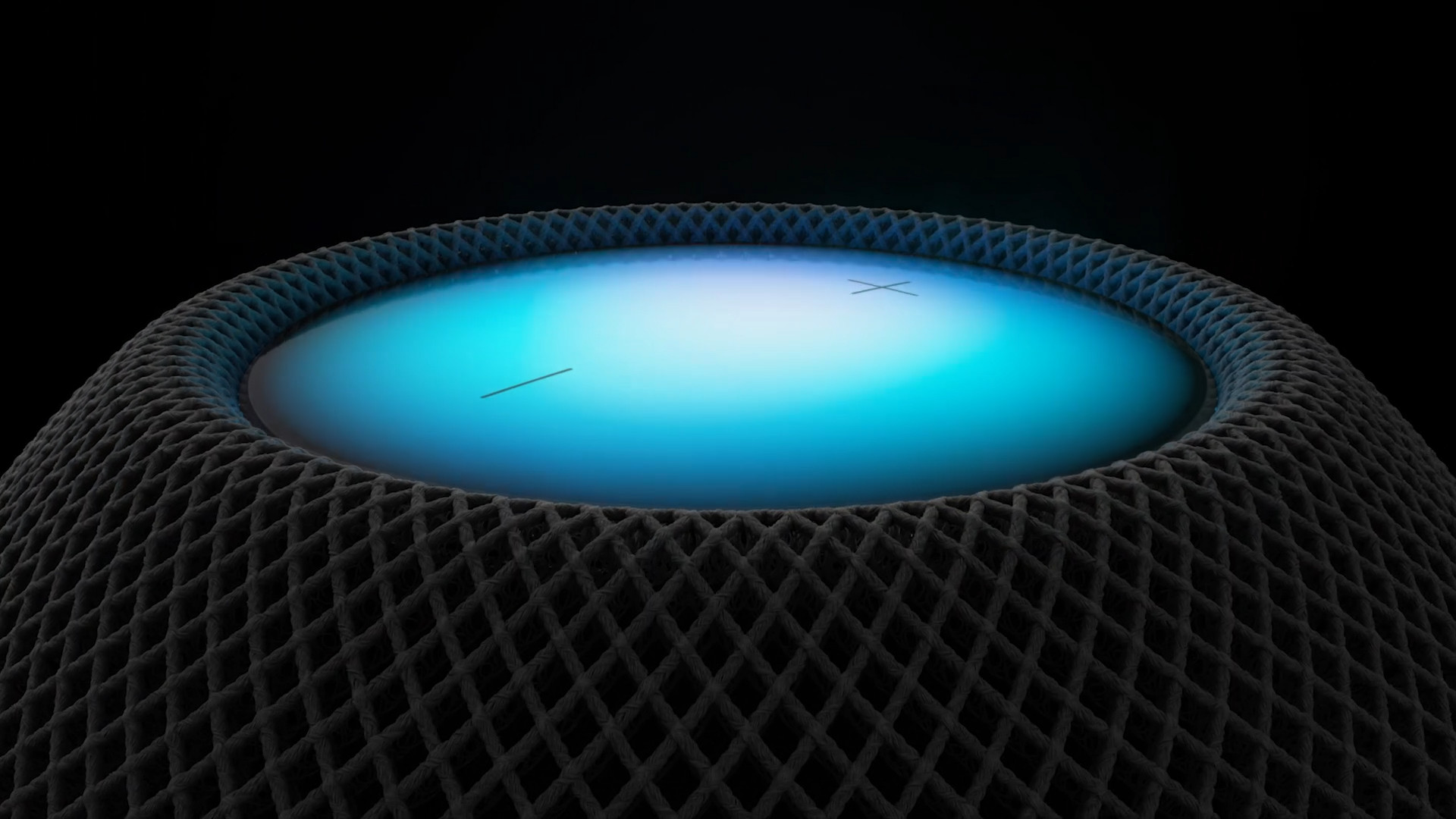
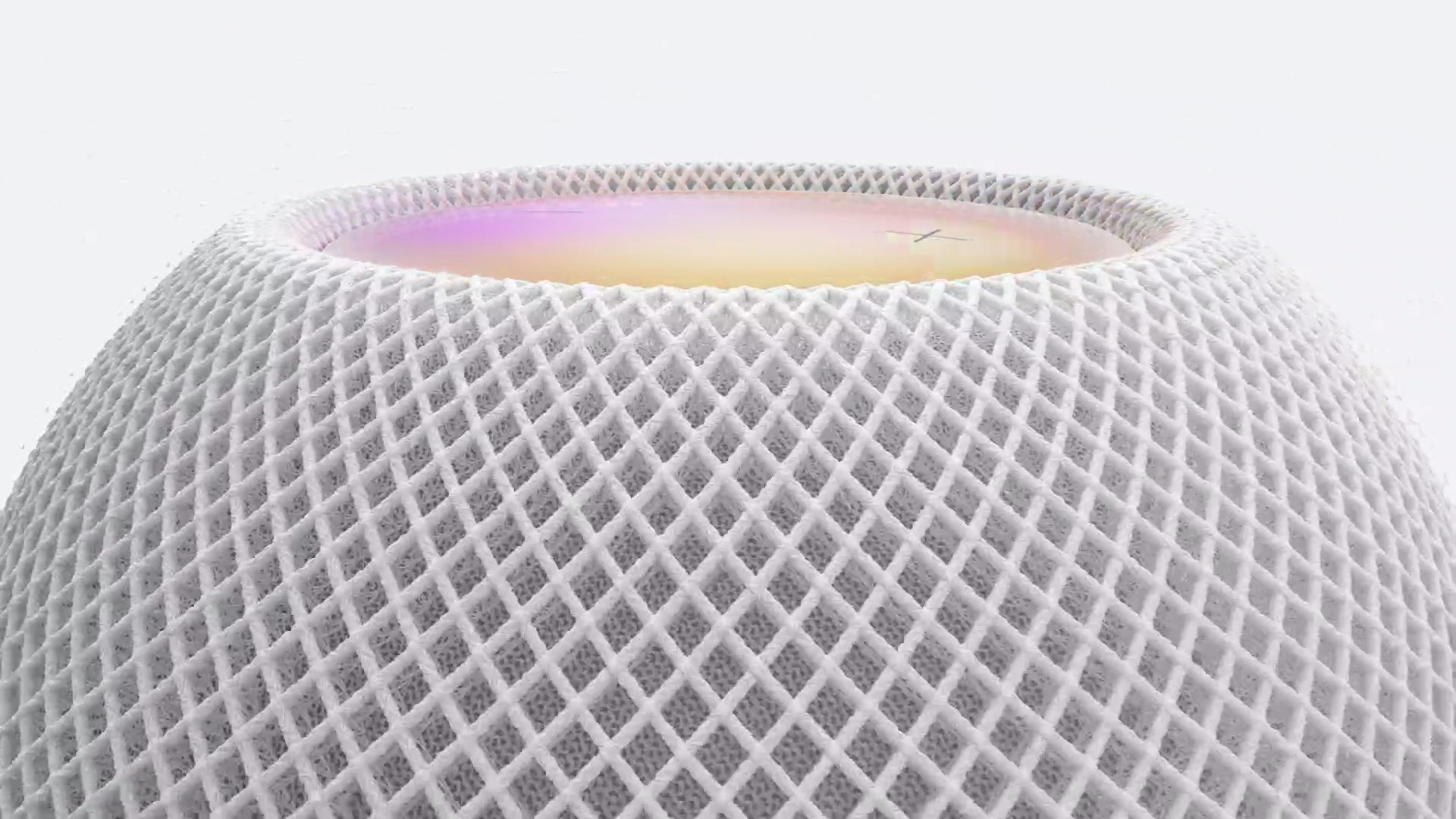
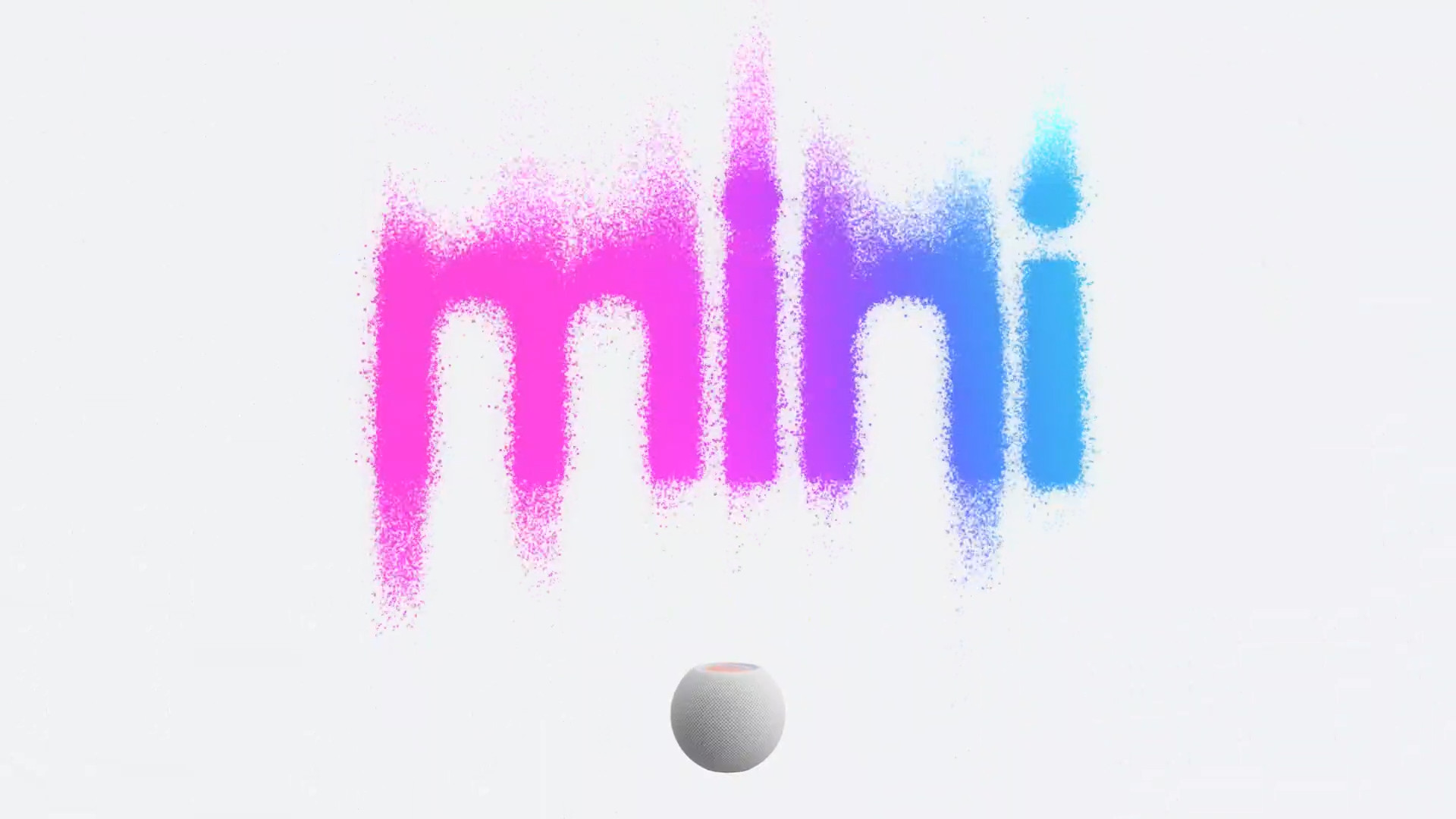
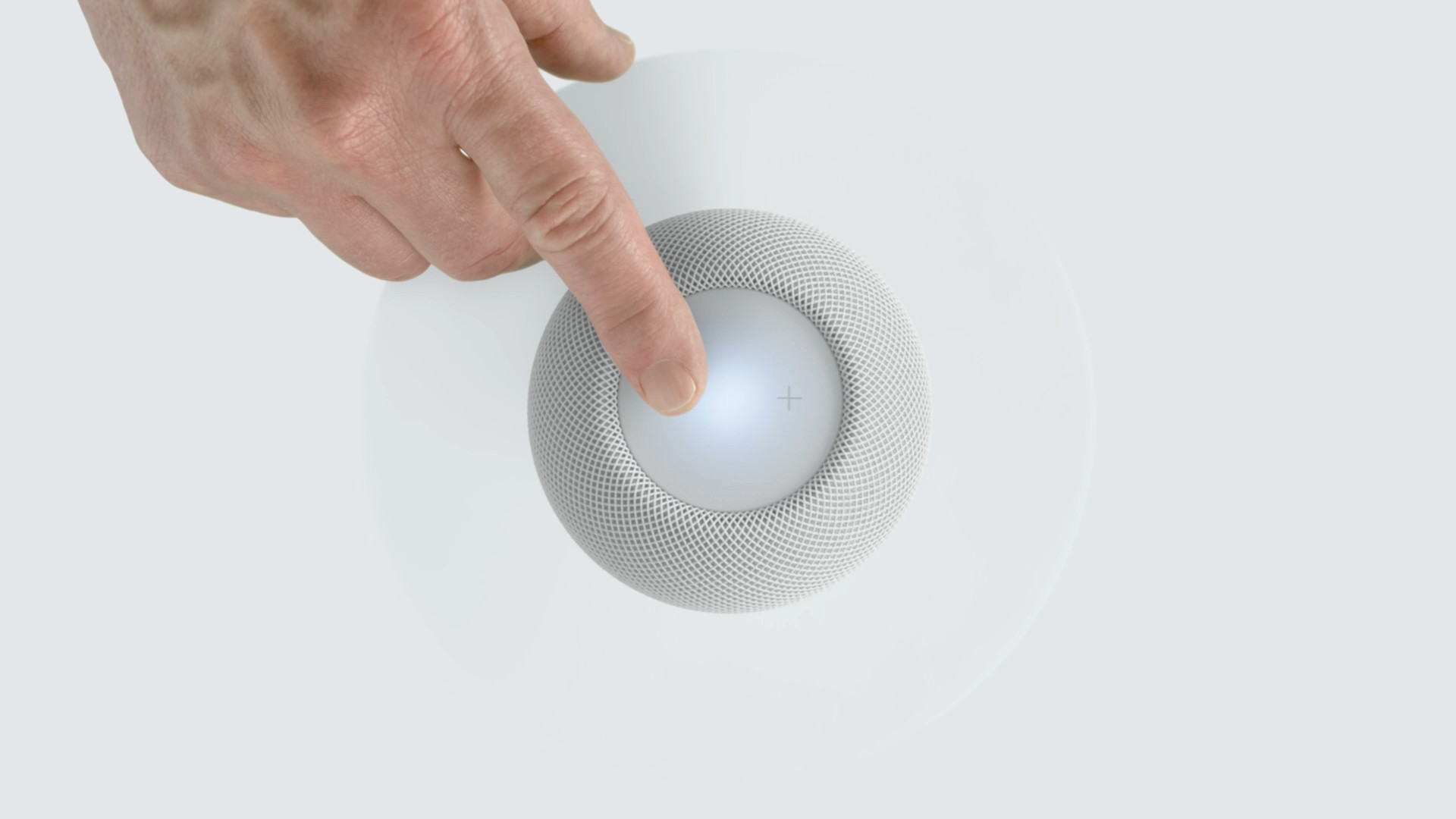


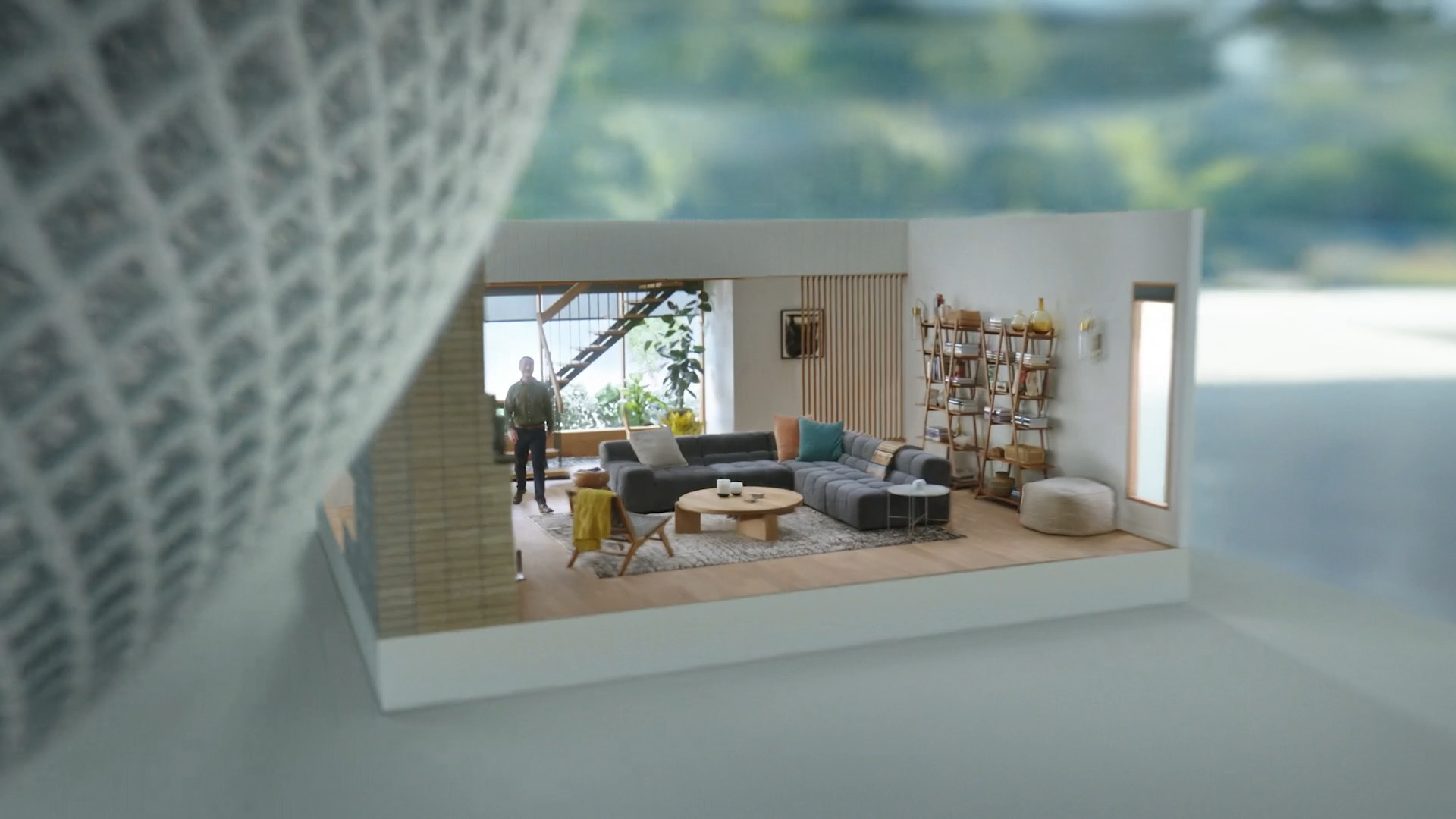
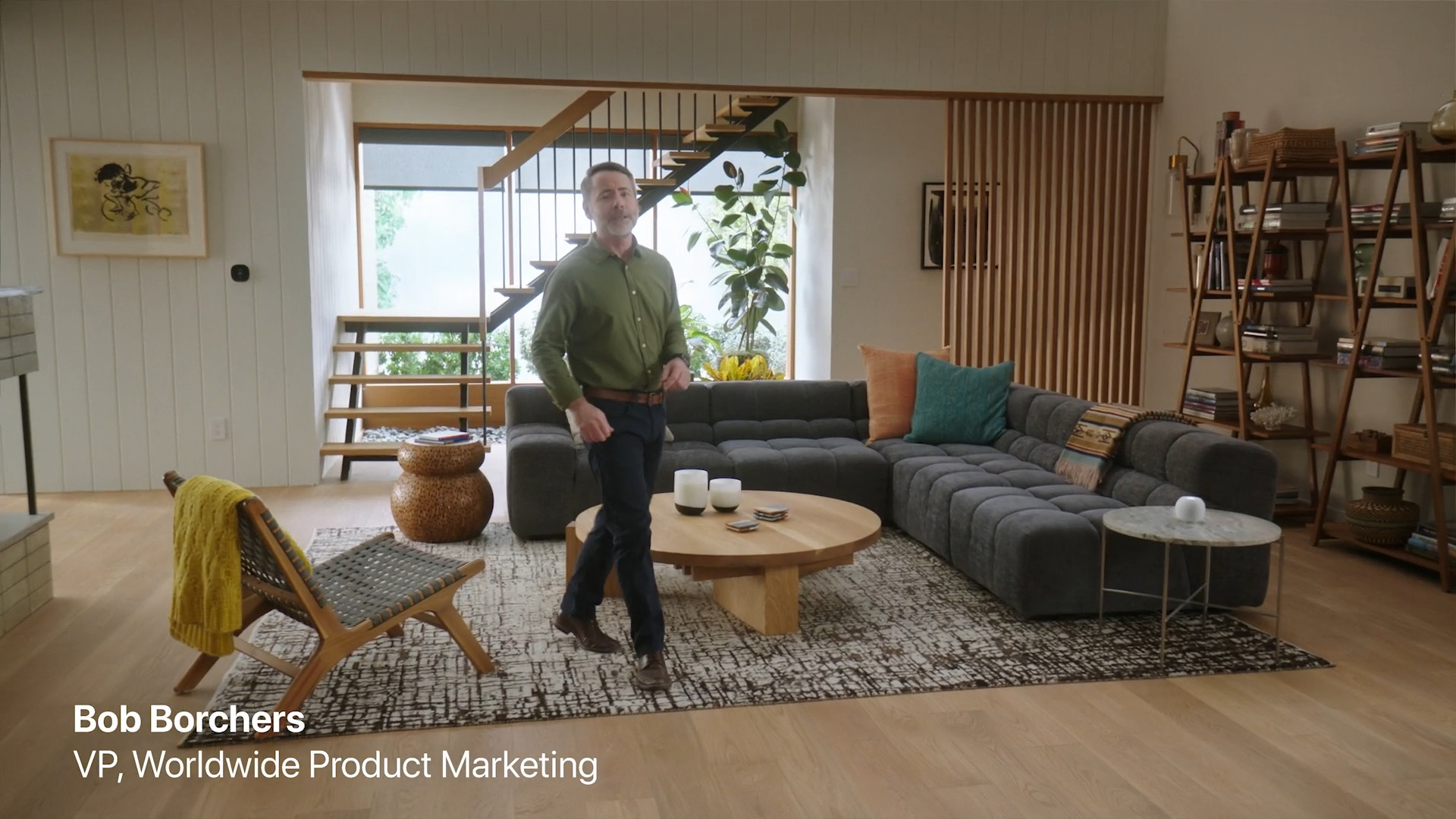
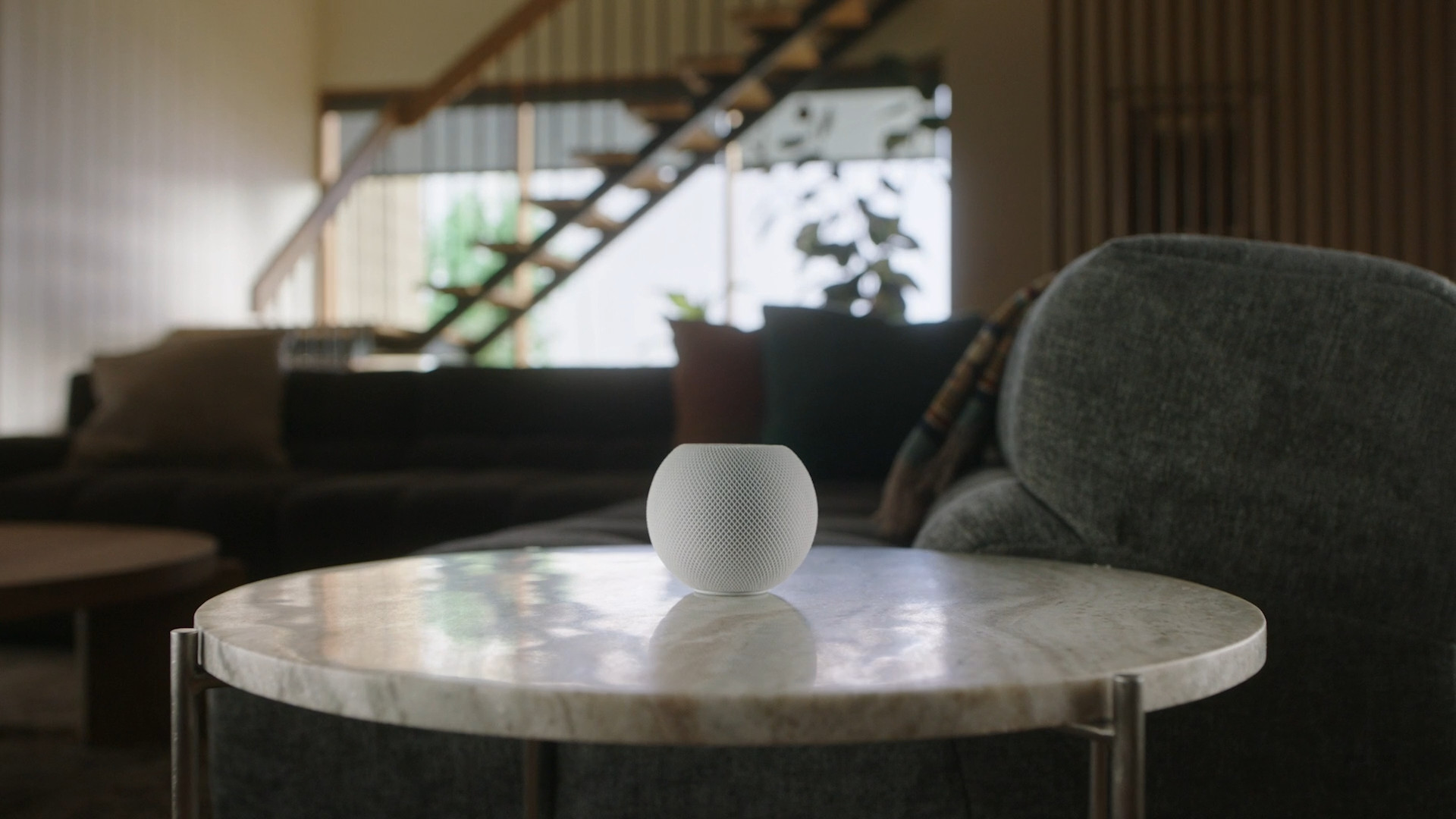
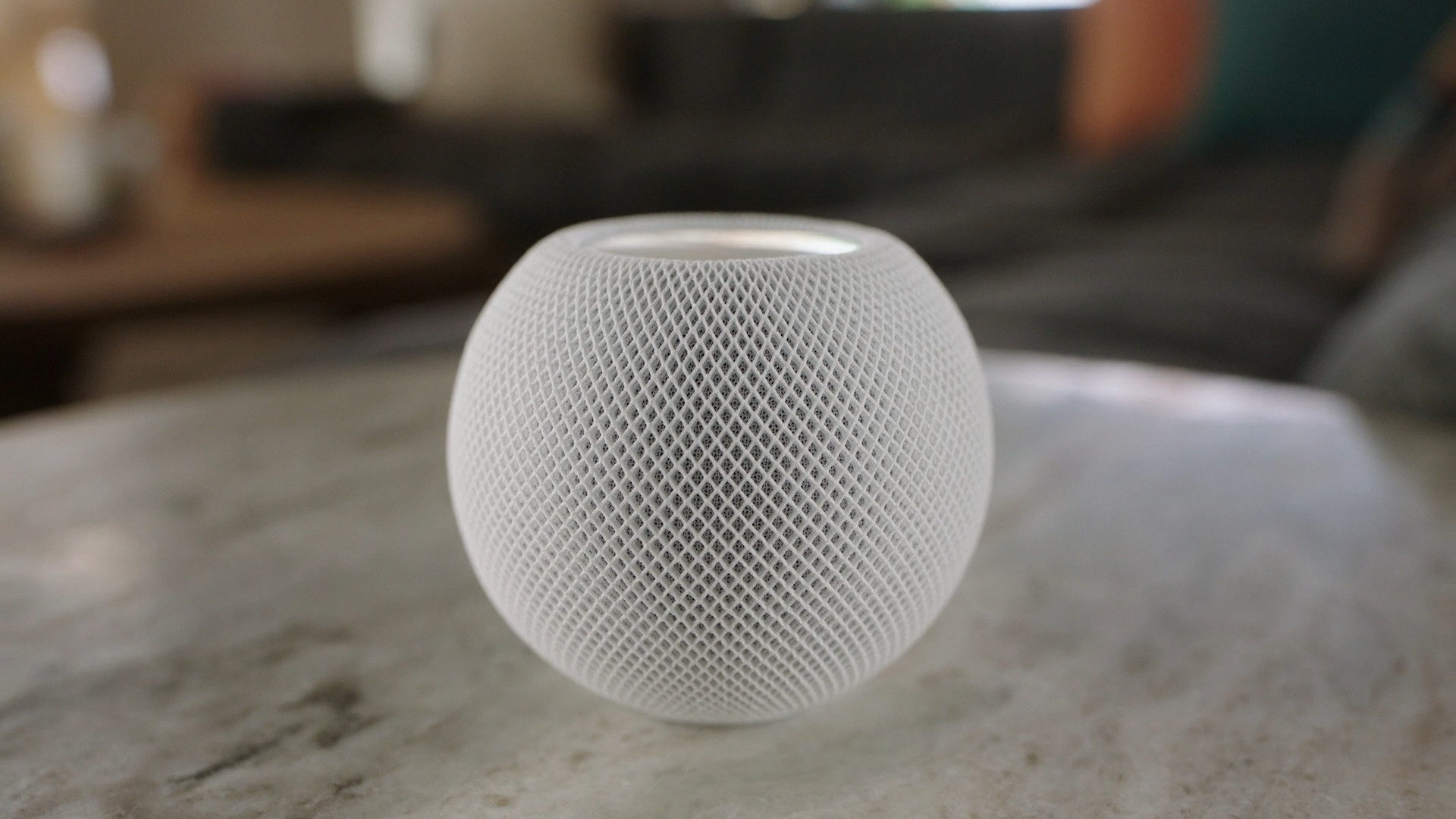
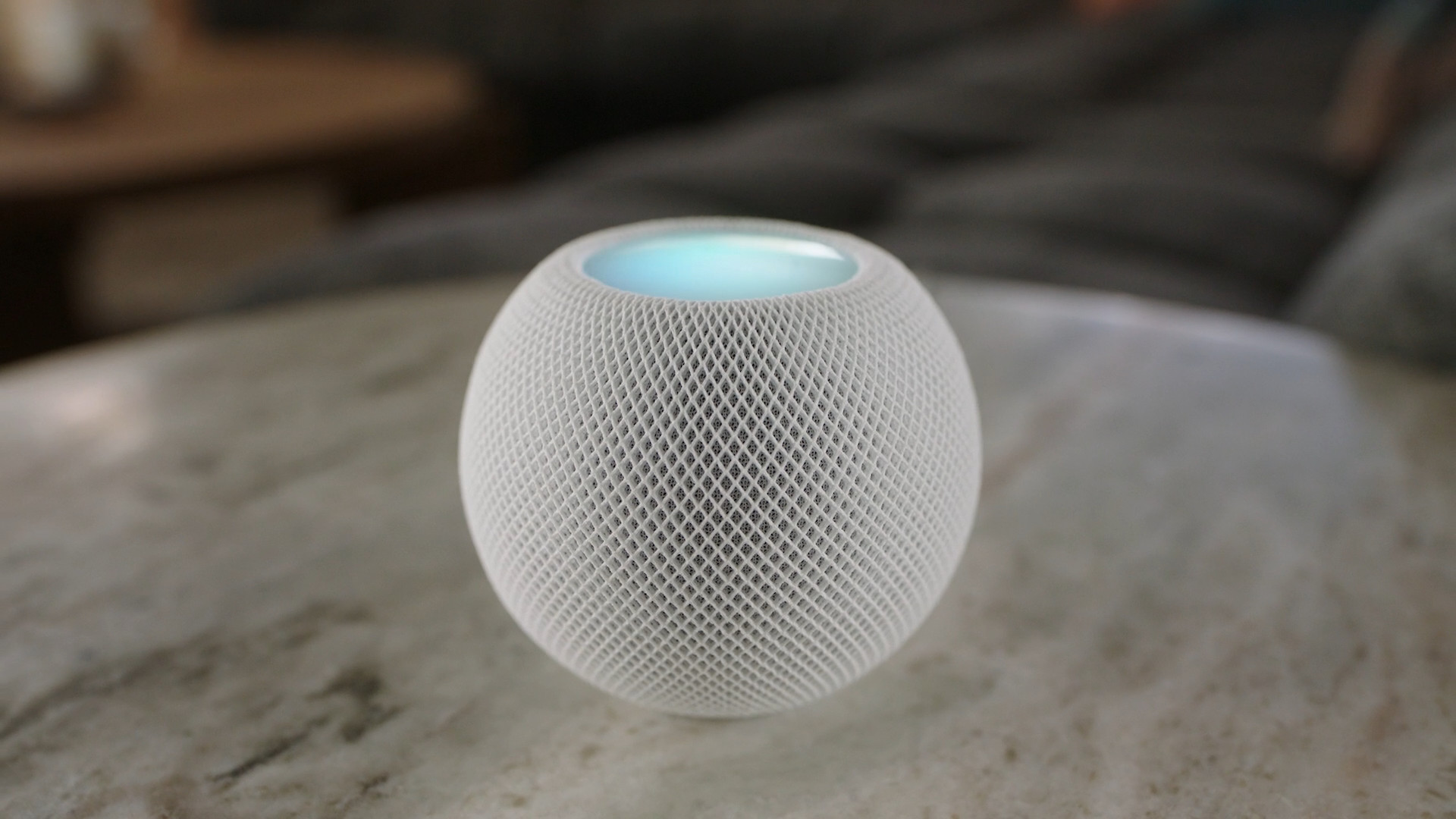

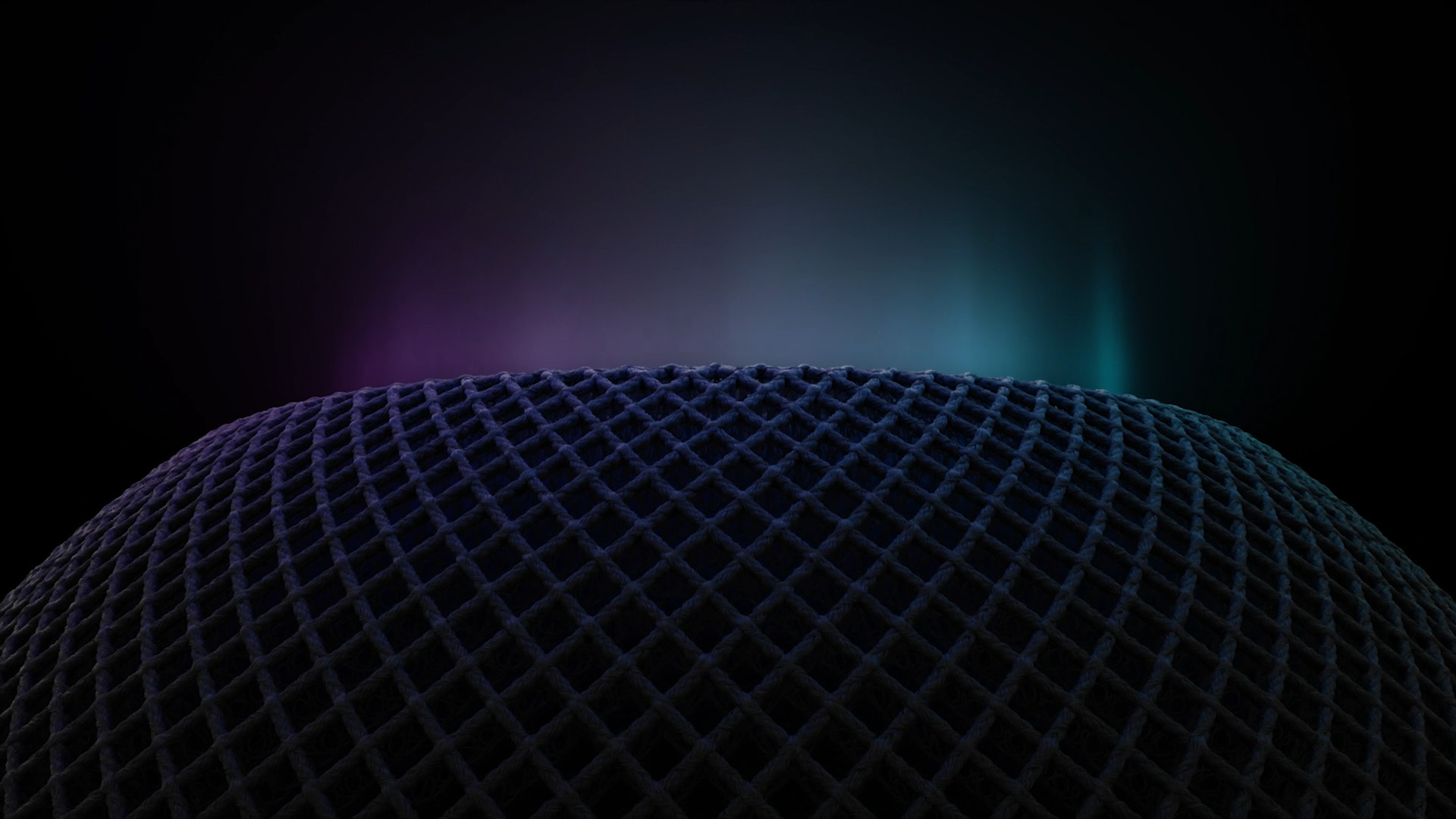
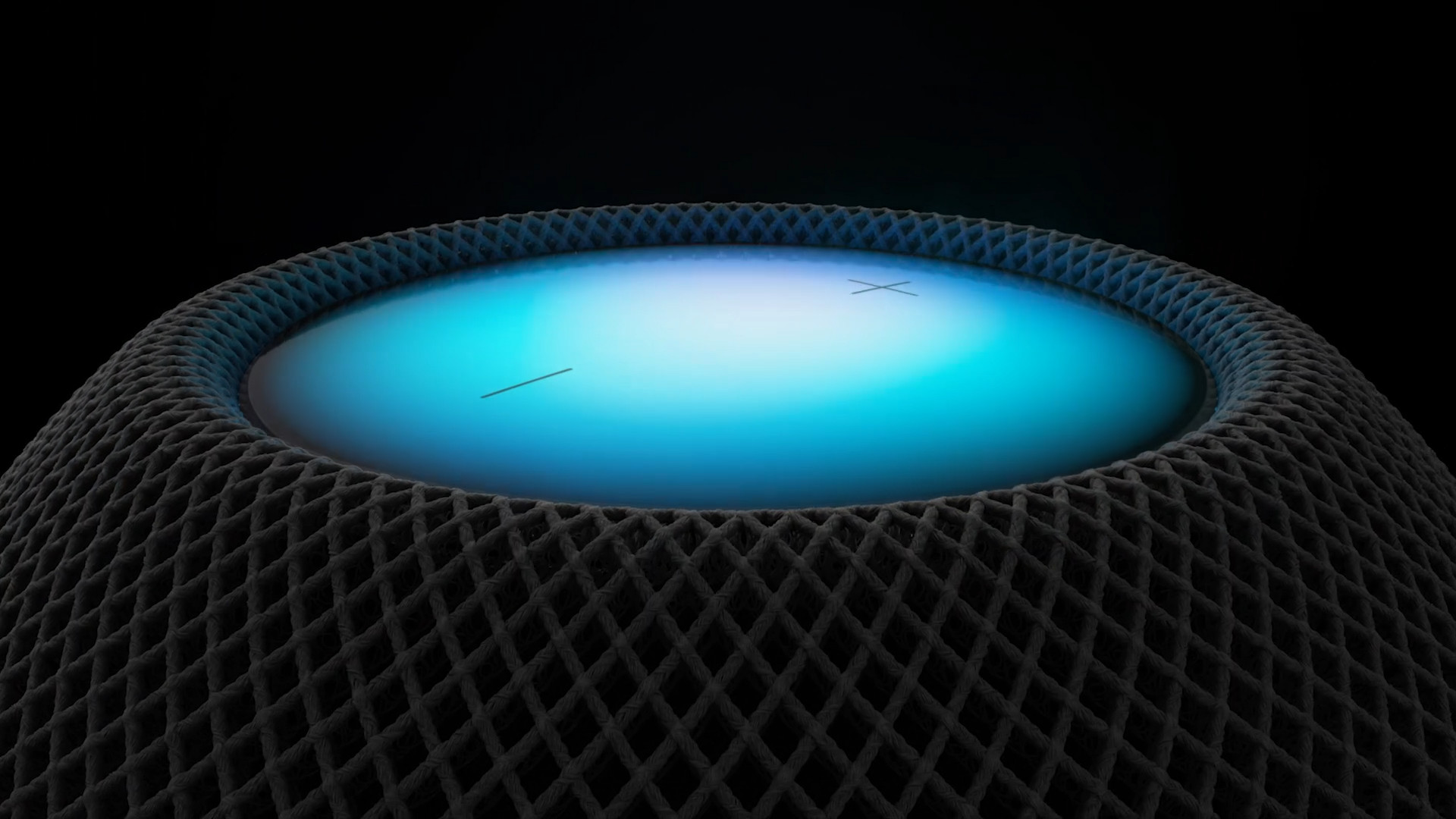

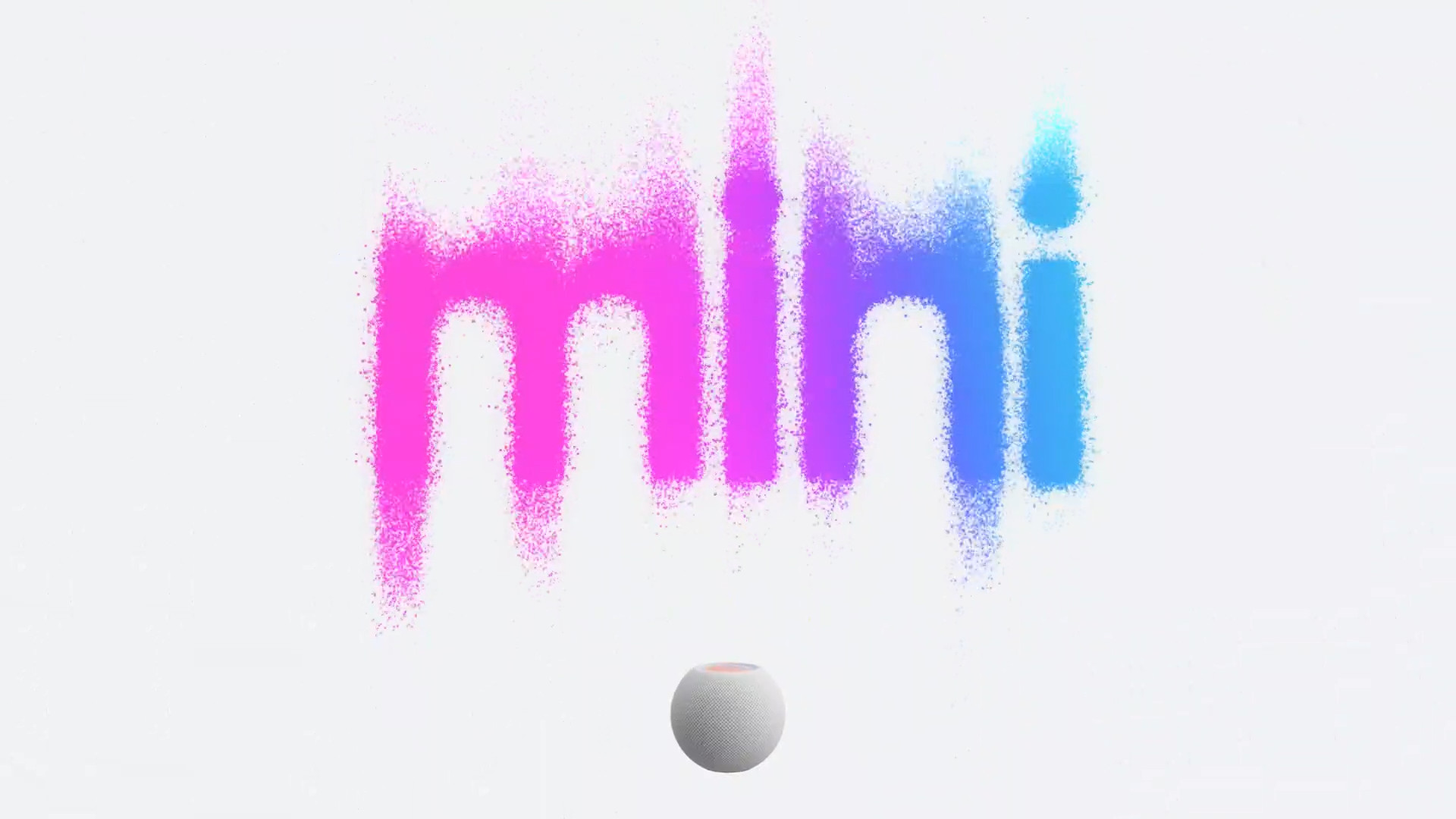


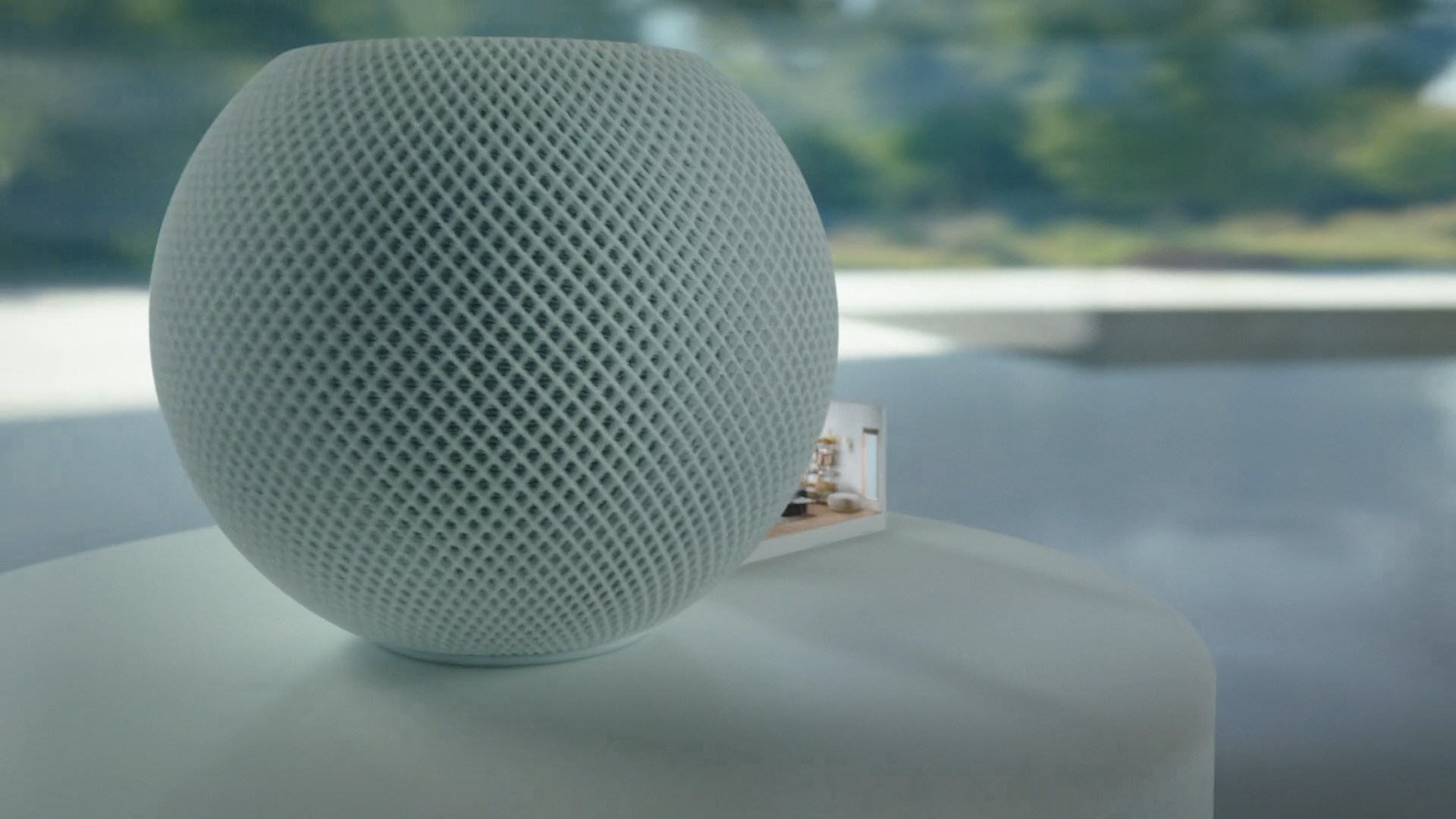
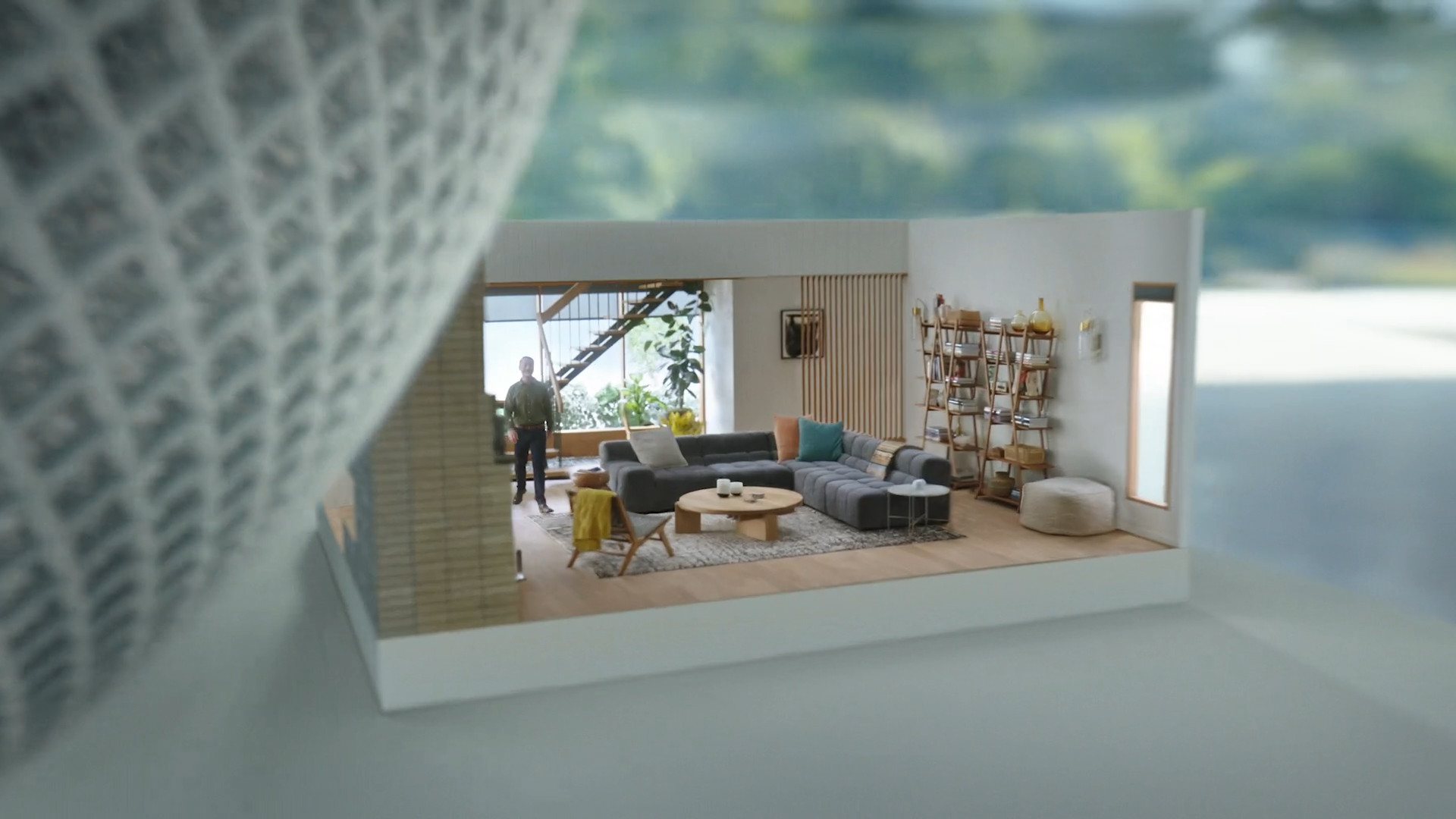
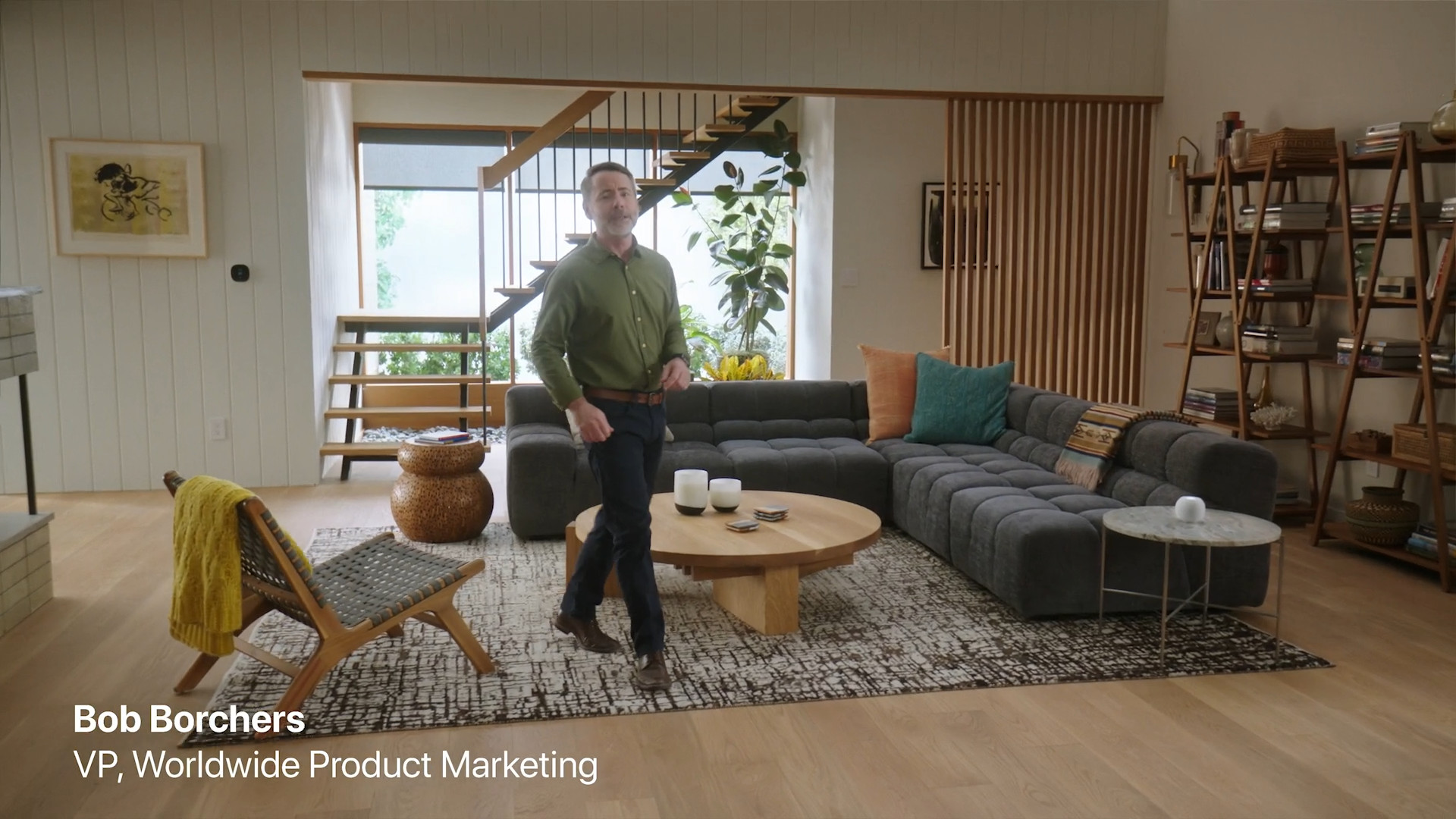
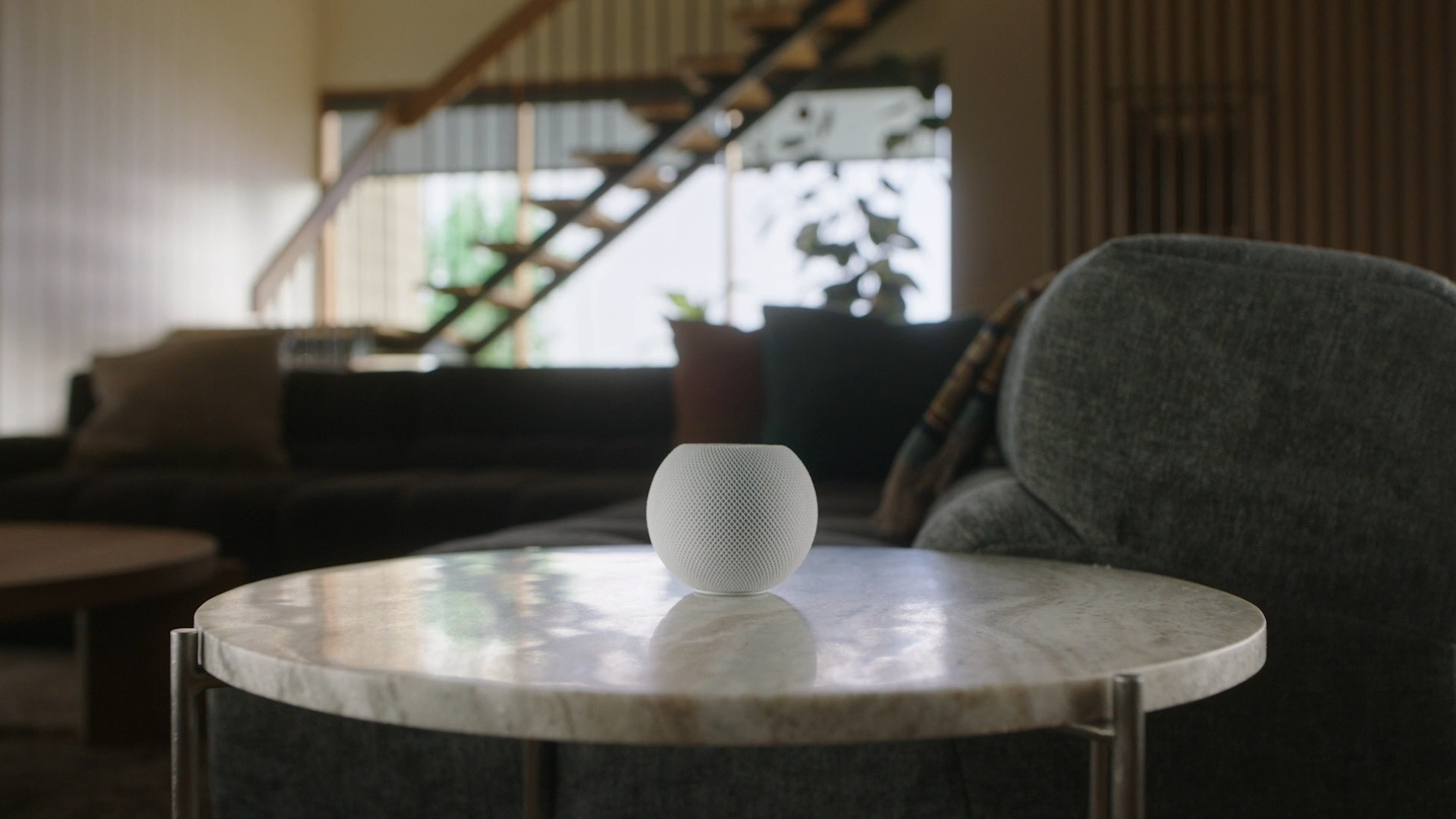
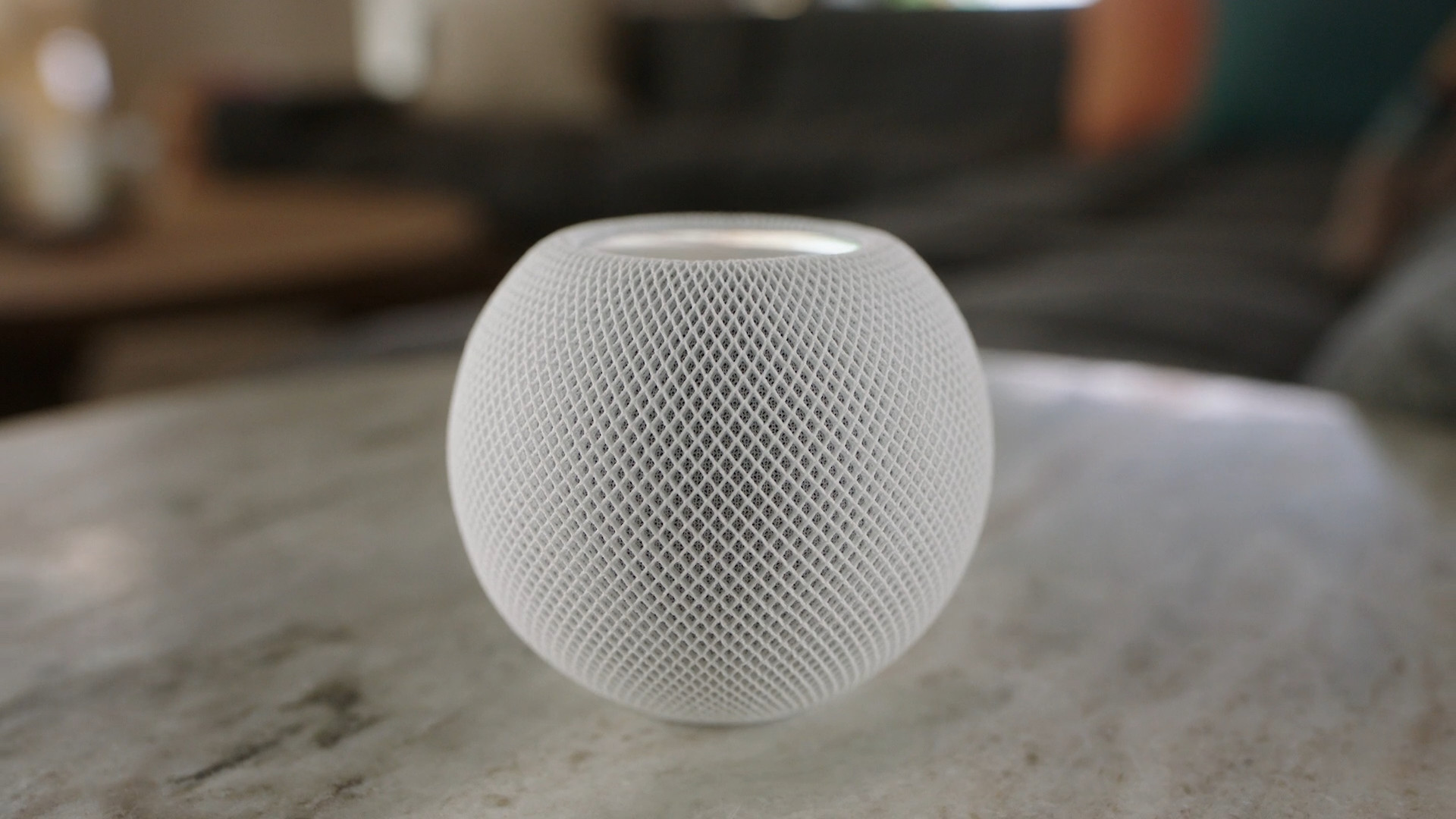
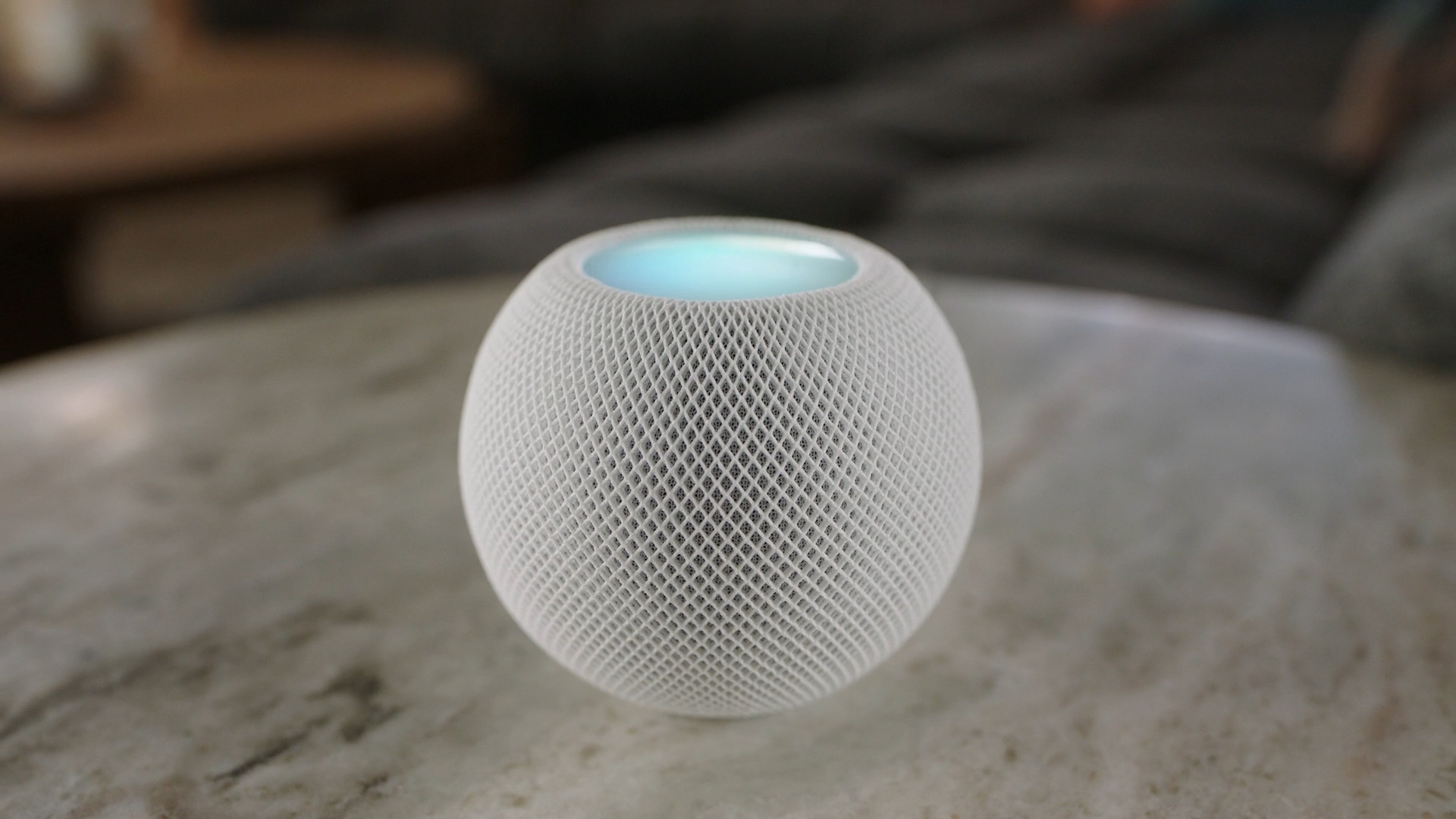
 Adam Kos
Adam Kos 